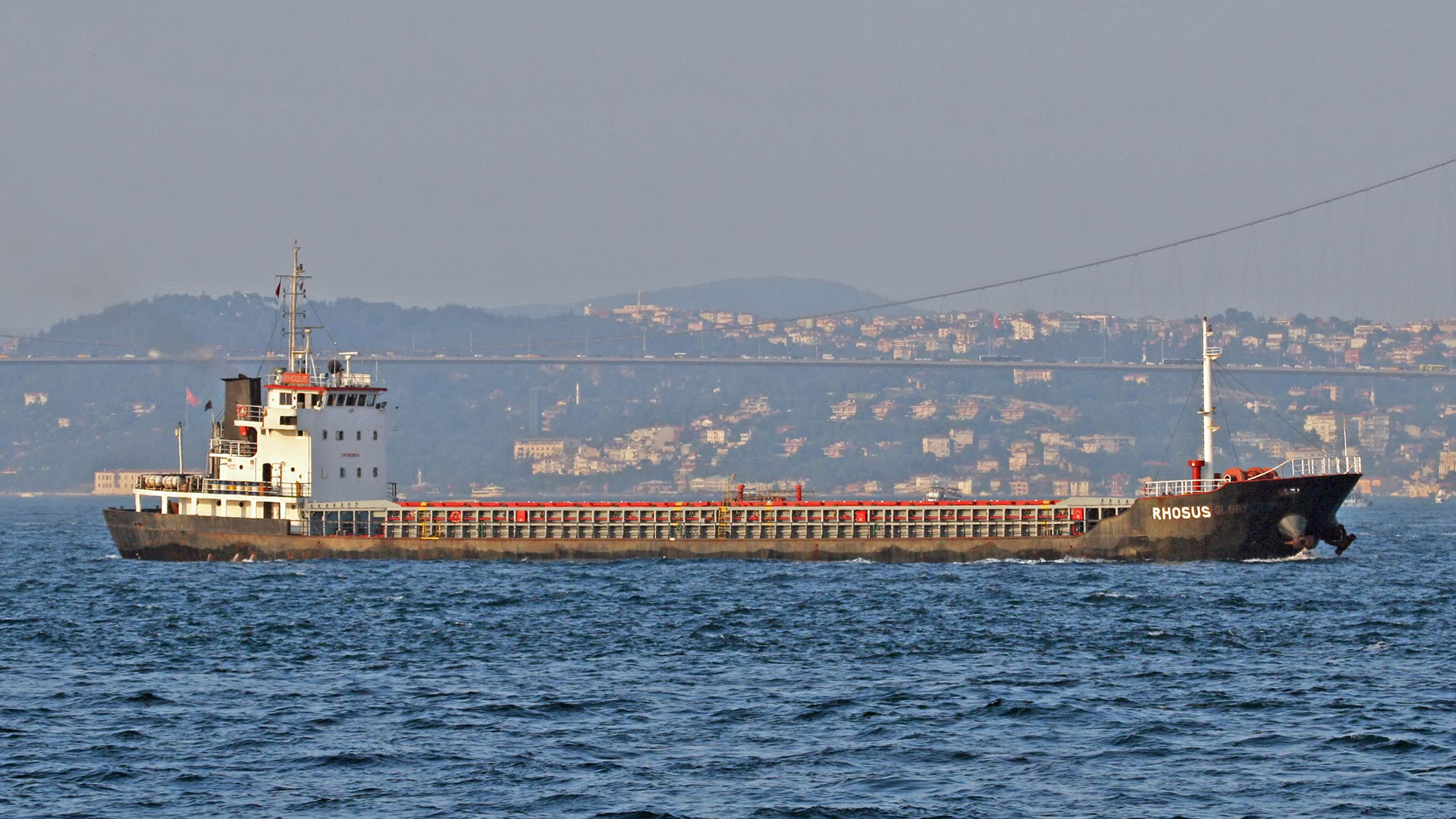About the Author: Peter Filcek
Peter Filcek joined the Newcomen Society in about 1995, joined Council in 2016 and was volunteered into becoming Honorary Treasurer in 2019.
He is a Marine Engineer. This is no accident: he first went deep-sea aged 5 and remembers the boilers and triple-expansion main engine on the 1929 Redheads-built s.s. Gorjistan, Peter Filcek, senior, Master. He graduated in Marine Engineering from the University of Newcastle-upon-Tyne in 1972 when ships were still being built on the Tyne and Clyde. One summer was spent in the apprentice training school at Mirrlees Blackstone, Hazel Grove, learning about Diesel engines and how to use tools – invaluable knowledge- and another summer working for ship-repairers Green and Silley Weir & Co. in the Royal Docks, London – an altogether different experience.
1972 was not a good year to graduate and find a job. Containerships were being introduced and traditional ships, shipping companies, and jobs were disappearing fast. Peter detoured into the power station business to commission and test conventional and nuclear boilers for the Gateshead company, Clarke Chapman. The sea wasn’t neglected and Peter joined Tyne Division RNR, HMS Calliope.
Coming off night shift at Inverkip PS, after severely testing the resilience off the National Grid one night, his interest in the sea was rekindled when he saw a Bank Line ship sailing down the Clyde. Luckily he soon saw and successfully applied for a job advertised in a very small notice stating that “Lloyd’s Register of Shipping requires Engineer Surveyors”. The training was excellent, especially the year spent in Rotterdam undertaking all sorts of machinery and hull surveys: learning very quickly on one’s feet is perhaps the best description. Peter, with some trepidation, then joined Lloyd’s Register’s (LR) Technical Investigation Department (TID).
TID had a formidable reputation in the shipping world. It had been set up 1947 by LR’s Chief Engineer Surveyor, Dr.S.F.Dorey, to investigate failures and provide research on the numerous problems exposed by war-time conditions, including the Liberty ship (EC2-S-C.1) propeller shaft failures identified by Dr. Simon Archer. The department reviewed the capabilities of the UK marine gearing industry whilst Dorey and Smedley undertook pioneering full-scale fatigue testing of propulsion shafting.
Peter’s failure investigations were varied, wide-ranging, worldwide and encompassed most, if not all aspects of a ship: Diesel engines (properly heavy-oil engines in LR parlance), steam turbines, boilers, propellers, shaft alignment, fatigue, corrosion, structure, strength, vibration, noise, maneuvering, ship performance and sea trials. It was all demanding and tremendous “fun”. Colleagues were excellent. The unexpected help and kindliness offered by people around the world is memorable (there was some at the other end of spectrum as well).
LR embodies the industry’s wisdom in its Rule Book, which as good a compendium of engineering knowledge and practice as any. Changes to the Rules need to happen but it is as well to understand why something is done the way it is before making changes. Peter’s interest in the history of engineering came from a desire to understand the origin of some of these practices.
Peter accepted voluntary redundancy as Technical Manager of TID in 2014 after managing not to drop too many clangers.
View the author’s work . . .
Rhosus – The Vessel That Carried The Beirut Ammonium Nitrate
By Peter Filcek|2021-12-05T13:44:31+00:00September 23rd, 2020|Categories: Feature, News|
The Rhosus, built in 1986 by Tokuoka Zosen KK, Naruto, Tokushima on the island of Shikoku, South West Japan, was 27-years old when she arrived in Beirut with her cargo of ammonium nitrate in 2013.

